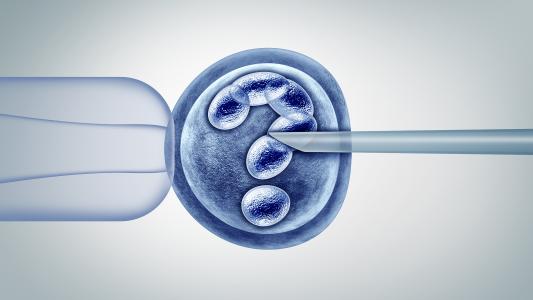Move over CRISPR Cas9, here comes CasΦ, a small but mighty new gene editing protein.
The discovery of CRISPR Cas9, the most widely used CRISPR gene editing system, made huge waves in medicine and biotech over the last decade. It’s hard to imagine anything surpassing it, but CasΦ (pronounced “Cas-phi”) could be another game-changer.
The CRISPR gene editing proteins, or Cas proteins, are DNA “scissors” naturally found in bacteria and archaea. Their biological role is to fight off viruses by destroying their DNA and cutting it out of their genomes. Researchers redirected that function toward clipping disease-causing mutations out of DNA for gene therapy and other kinds of genetic engineering.
There are a handful of other CRISPR Cas systems, but the large size of their proteins makes them all too cumbersome to access the smallest nooks and crannies of the human genome.
Until now, anyway. Jennifer Doudna, one of the original discoverers of CRISPR, and her team at the University of California Berkeley have found a new Cas protein in a bacteriophage, a type of virus that infects bacteria.
The new protein, CasΦ, which they described in the journal Science, uses CRISPR to do the opposite of what it normally does, attacking bacteria by inserting genetic material into their genomes. It is about half the size of Cas9, but don’t be fooled by its small size. Its trim proportions enable it to reach areas of the human genome that most CRISPR gene editing proteins cannot.
So far, accessing the DNA in living cells has been the most significant barrier for using the CRISPR gene editing system. To solve this problem, scientists package CRISPR’s Cas protein and guide RNA into a virus, which will carry it to cells and then to the targeted regions of DNA for editing. But it’s not a foolproof solution. Sometimes the virus is too small to carry the bulky Cas, and the system doesn’t work.
“When we think about how CRISPR will be applied in the future, that is really one of the most important bottlenecks to the field right now: delivery,” Doudna told Genetic Engineering News.
Enter the stealthy CasΦ. The travel-sized protein can more readily sneak past roadblocks that Cas proteins are too large to penetrate.
“You can only pack a really small Cas9 into such a virus to deliver it. If you would have other CRISPR-Cas systems that are really compact, compared to Cas9, that gives you enough space for additional elements: different proteins fused to the Cas protein, DNA repair templates or other factors that regulate the Cas protein and control the gene editing outcome,” said Berkeley geneticist Patrick Pausch.
Earlier this month, researchers edited human mitochondrial DNA for the first time. Once again, researchers are finding ways to build on CRISPR gene editing technology and reach new areas of the human genome that CRISPR Cas9 was never able to.
If CRISPR reigns as the Swiss Army knife of genetic engineering, then CasΦ adds another functional tool, opening up new opportunities for researching and treating genetic disorders.





